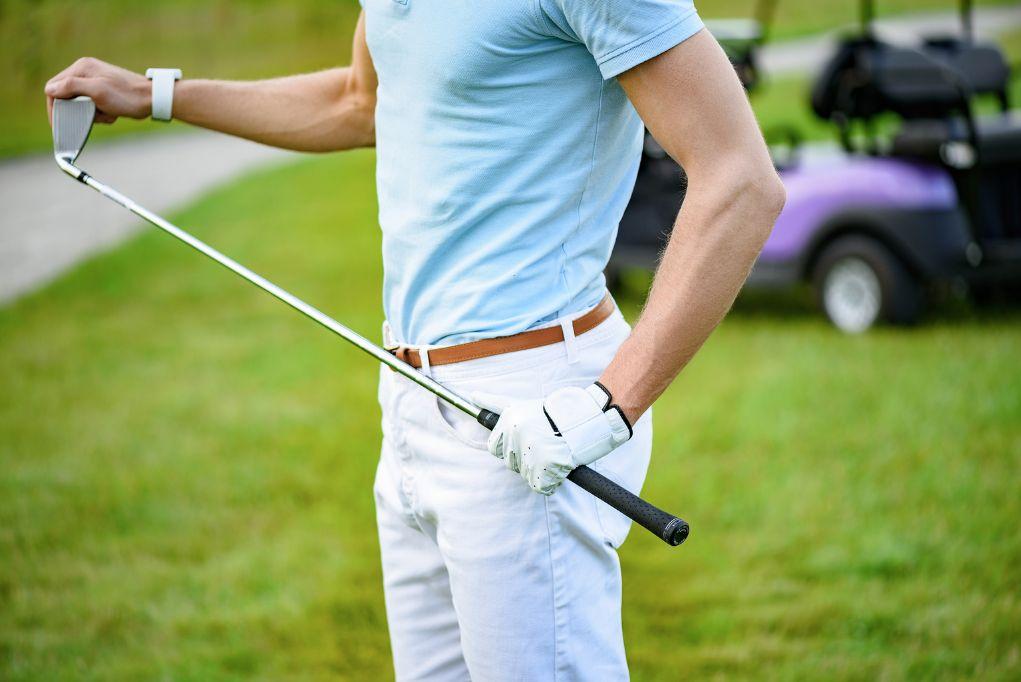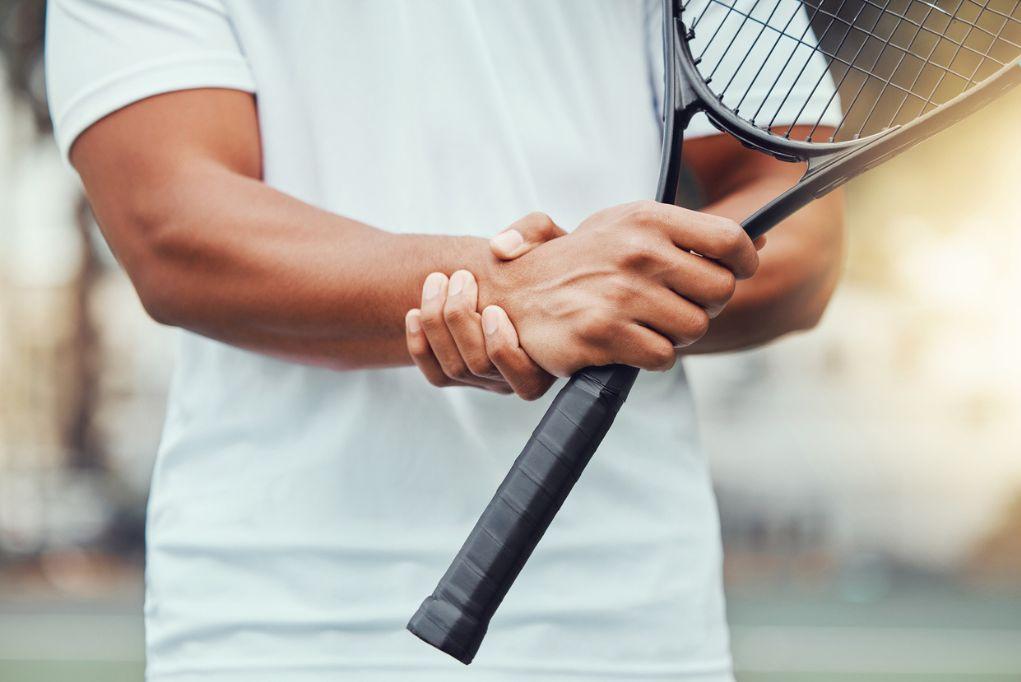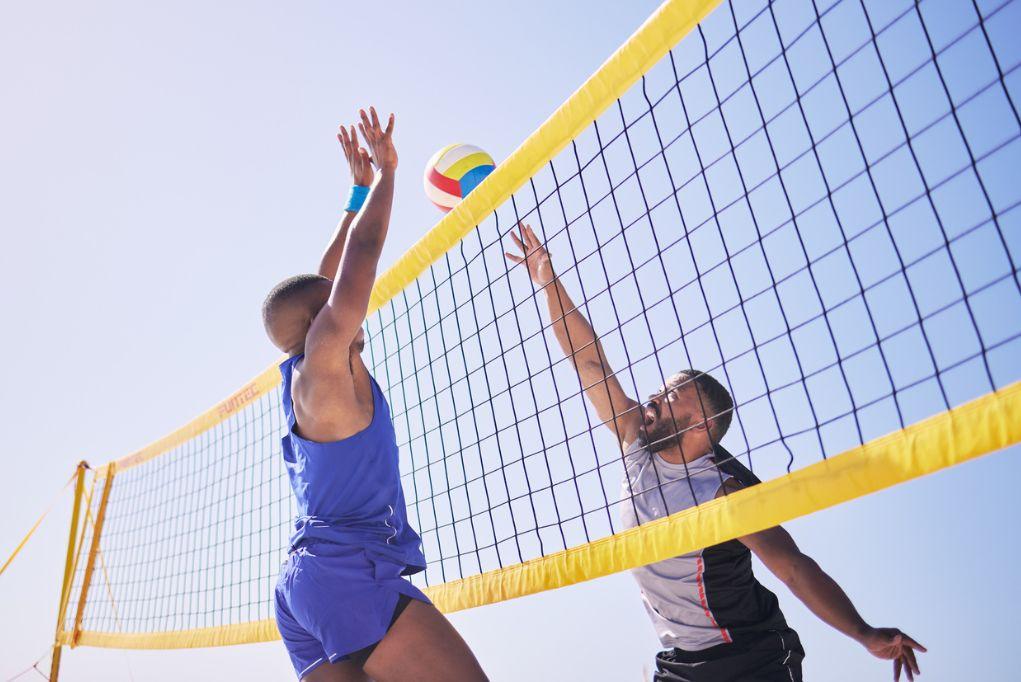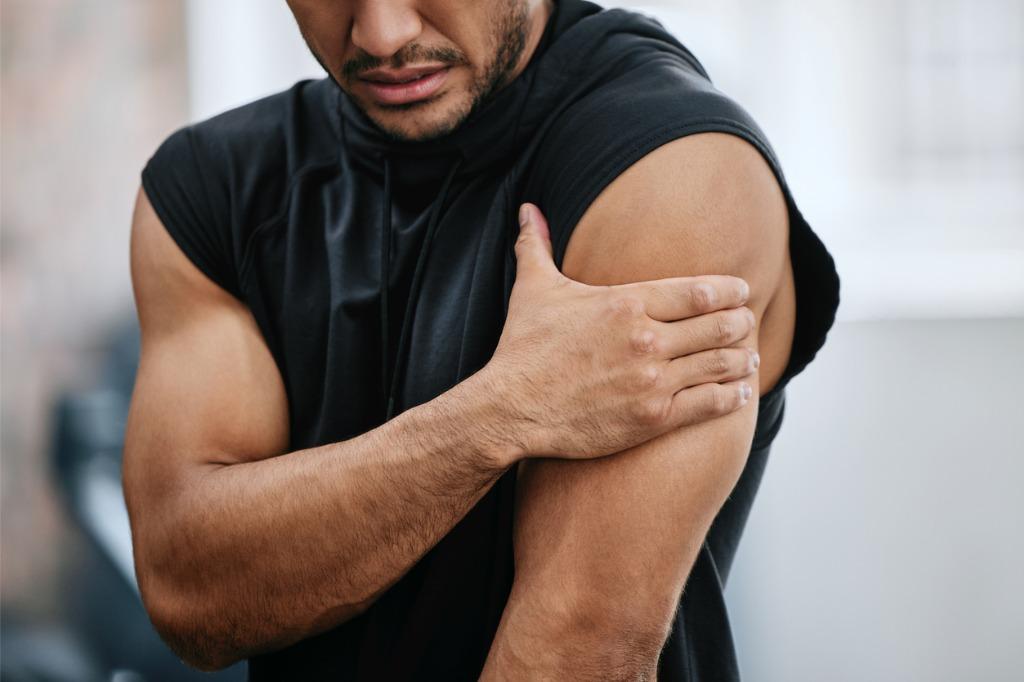Golfer’s Elbow: Managing Epicondylitis On and Off the Course
Golf is a beloved sport enjoyed by millions, but for many enthusiasts, elbow pain can put a damper on their game. Epicondylitis, commonly known as golfer’s elbow, is a condition that affects golfers and other athletes who engage in repetitive arm motions. This guide explores how to manage and prevent epicondylitis, ensuring you can enjoy your time on the course pain-free.

A Look at Epicondylitis
Epicondylitis is an inflammation of the tendons that attach to the bony prominence on the inside (medial) or outside (lateral) of the elbow. When it affects the inside, it’s specifically referred to as golfer’s elbow (medial epicondylitis). This condition results from overuse and repetitive stress, leading to pain and tenderness in the elbow.
Causes of Golfer’s Elbow
Repetitive Motions
The repetitive motion of swinging a golf club puts significant stress on the tendons in the elbow. This repeated action can lead to small tears in the tendons, causing inflammation and pain. Similar motions in sports like tennis, baseball, or even certain jobs involving repetitive wrist and arm movements can also contribute.
Improper Technique
Using improper form or technique while playing golf can exacerbate the strain on your elbow. For example, gripping the club too tightly, incorrect swing mechanics, or overextending the wrist during a swing can increase the risk of developing golfer’s elbow.
Lack of Conditioning
Not preparing your body adequately for the physical demands of golf can lead to injuries. Weak muscles and tendons are more susceptible to stress and strain. Regular strength training and conditioning can help mitigate this risk.
Recognizing the Symptoms of Golfer’s Elbow
Identifying golfer’s elbow early can help in managing and treating the condition effectively. Common symptoms include:
- Pain and tenderness on the inside of the elbow
- Stiffness in the elbow, especially in the morning
- Weakness in the wrist and forearm
- Numbness or tingling in the fingers, particularly the ring and little fingers
- Pain that worsens with certain movements, such as swinging a golf club or shaking hands
Managing Golfer’s Elbow On and Off the Course
On the Course
Managing golfer’s elbow while playing involves making adjustments to reduce strain on your elbow. Consider the following tips:
- Modify Your Grip: Ensure you’re not gripping the club too tightly. A relaxed grip can reduce the stress on your tendons.
- Check Your Swing Mechanics: Work with a golf coach to ensure your swing mechanics are correct. Proper technique can significantly reduce the risk of injury.
- Use Equipment That Fits: Ensure your clubs are the right size and weight for you. Using the appropriate equipment can help prevent overuse injuries.
- Warm Up and Stretch: Always warm up before playing and incorporate stretching exercises that focus on the wrist, forearm, and elbow.
Off the Course
Managing golfer’s elbow off the course involves rest and rehabilitation to promote healing and prevent further injury. Key strategies include:
- Rest: Avoid activities that exacerbate the pain. Giving your elbow time to heal is crucial.
- Ice and Anti-inflammatory Medications: Applying ice to the affected area and using over-the-counter anti-inflammatory medications can help reduce pain and swelling.
- Physical Therapy: A physical therapist can provide exercises to strengthen the muscles around the elbow, improve flexibility, and promote healing.
- Brace or Support: Using an elbow brace or support can help alleviate stress on the tendons and provide relief.
Preventing Golfer’s Elbow
Preventing golfer’s elbow involves a combination of proper technique, conditioning, and equipment. Here are some preventative measures:
- Strengthen Your Muscles: Incorporate strength training exercises that target the forearm, wrist, and elbow. Stronger muscles can better support your tendons.
- Stretch Regularly: Regular stretching can improve flexibility and reduce the risk of injury.
- Use Proper Technique: Always use proper technique and consider taking lessons from a golf professional to ensure your swing mechanics are correct.
- Gradual Increase in Activity: Gradually increase the intensity and duration of your golf sessions to allow your body to adapt and build strength.
When to Seek Medical Attention
If you experience persistent pain despite taking steps to manage it, it’s important to seek medical attention. Ignoring the symptoms of golfer’s elbow can lead to chronic pain and prolonged recovery times. At Motion Orthopaedics, our team of specialists can provide a thorough evaluation and personalized treatment plan to help you recover and get back to enjoying your game.
Don’t Let Golfer’s Elbow Keep You Off the Course
If you’re struggling with elbow pain from playing golf, Motion Orthopaedics is here to help. Our experts can diagnose and treat your condition, providing you with the care and support needed to get back on the course pain-free. Contact us today to schedule an appointment and start your journey to recovery.




